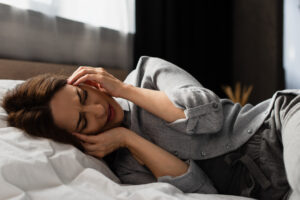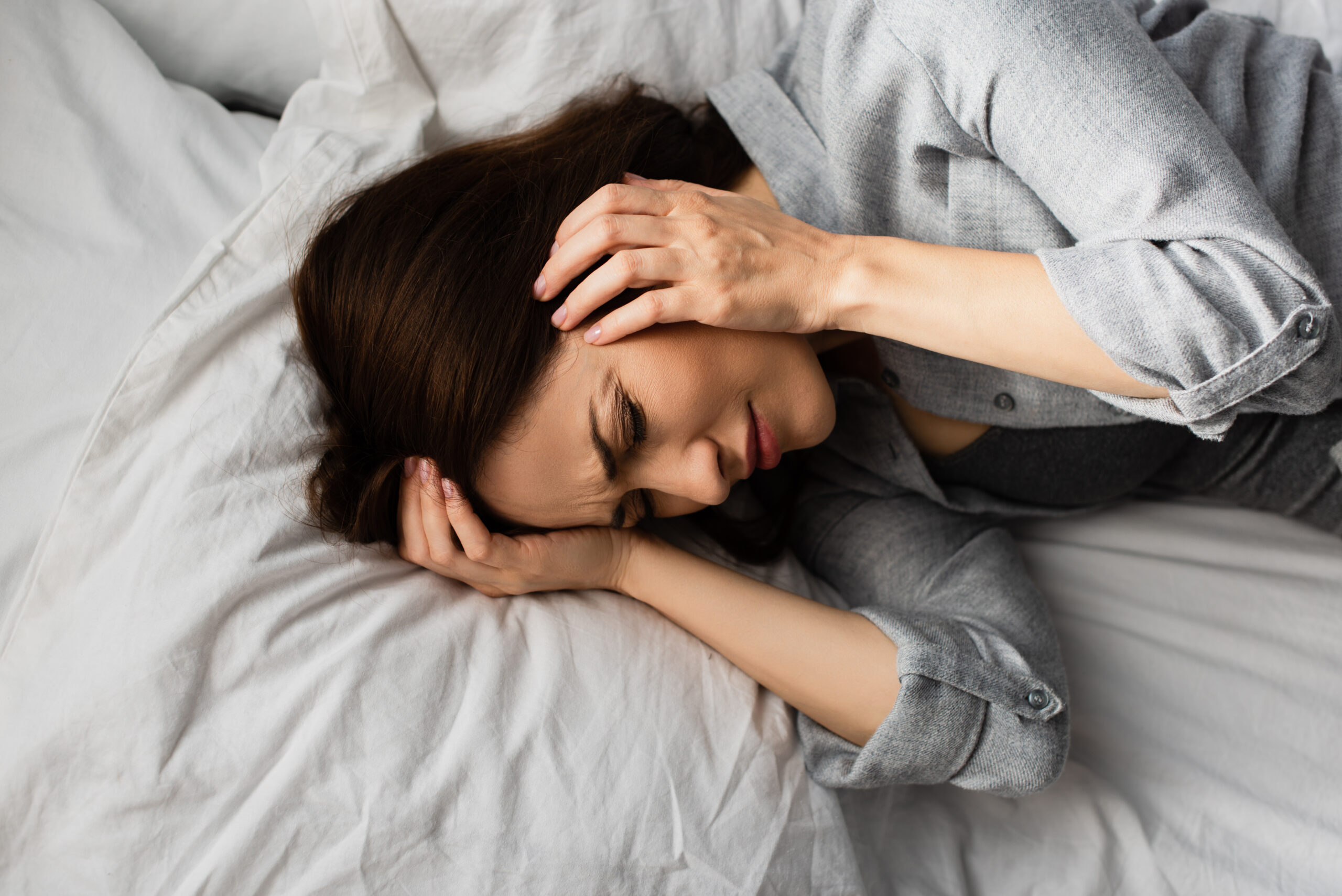Headaches are one of the most common complaints, which can occur as a stand-alone condition or as an accompanying symptom of a number of conditions (secondary headaches). Migraines, which are also a common health problem, fall into the former group.
It is an intermittent headache affecting 12% of the total population, mainly in the 25-45 age group and more common in women. The frequency of onset varies widely, with some patients experiencing headaches only once in their lifetime and others several times a month. Attacks can last from a few hours to three days (4-72 hours).
Causes of migraine
Migraine headaches can be caused by genetic and environmental factors, but they can also be triggered and influenced by a number of factors. There are also provoking factors, such as hormonal changes (e.g. menstruation), stress, fatigue, consumption of certain foods (e.g. alcohol, chocolate, coffee, cheese, smoked meats) and environmental influences (e.g. fronts).
Migraine symptoms:
Initial, introductory stage:
In one third of cases, various signs appear hours or days before the migraine attack, which may include mood changes, fatigue, the urge to yawn, sensitivity to sound, increased appetite or even constipation. Patients may experience cravings for certain foods, increased sensitivity to certain sounds and smells, and signs of water retention.
This initial, introductory stage of migraine is called prodrome.

Migraine headache, seizure
This introductory phase, which is not always present, is followed by a migraine headache or attack, which is usually unilateral or confined to the temporal region, forehead or eye area, but can also be extensive, usually experienced by a quarter of patients, and is a non-localised headache. The headache is of a seizure-like, spasmodic, throbbing nature, associated with nausea, vomiting, hypersensitivity to light, sound and smell, and is exacerbated by normal daily activity or exercise or any increased physical activity, but also by alcohol consumption. The attack may be accompanied by pallor, abnormal bowel movements, diarrhoea.
Aura migraine:
In nearly one-fifth of cases, the attack may be directly preceded by visual sensory delusions, called migraine aura. Such symptoms may include blurred vision, loss of visual acuity, light phenomena, tunnel vision, flickering, zigzagging lines. Sometimes there may also be numbness of parts of the body, dizziness. These symptoms develop gradually and disappear within 15-20 minutes. Some people may have migraine attacks induced by aura, others may have migraines without aura.
After a migraine
After the headache has passed, fatigue, hypersensitivity of the scalp, neck and shoulder muscle pain, muscle fever may persist for hours (possibly a whole day), and some patients may urinate profusely.
The migraine period is followed by a shorter, longer period without pain.
Therapy
Therapy is divided into non-pharmacological (e.g. elimination of provoking factors, acupuncture) and pharmacological (seizure and preventive interval).
In seizure therapy, a distinction is made between specific and non-specific therapy. The latter include, for example, analgesics, non-steroidal anti-inflammatory drugs.
The indication of specific seizure therapy is a medical, specialist competence.
Intermittent therapy is needed when 4 or more seizures occur per month, or when seizure management is not feasible.
Migraines are a complex and often recurring health condition that has a significant impact on the daily lives and well-being of those affected. As the above overview shows, migraines are not usually just a “headache” but a complex process that can occur in several stages and can present with a range of symptoms. Given the variety of migraine attacks with and without aura, and the diversity of triggers and symptoms, the development of an individualised treatment plan is critical.
Affected people should work with their doctors to make the right diagnosis and develop effective treatment strategies. Non-drug interventions such as avoidance of triggers, relaxation techniques and acupuncture can complement drug therapy, which may include specific and non-specific drugs to relieve seizures, as well as interval therapy to reduce the frequency of seizures.
Treating migraine is not only about managing symptoms, but also about improving the patients’ quality of life, enabling them to lead active and fulfilling lives despite the limitations caused by migraine. It is important for patients and their doctors to maintain open communication to assess the effectiveness of treatment and to keep up to date with new options and developments in migraine treatment. Their collaboration is essential to overcome the challenges of migraine management and to continuously improve patients’ quality of life.
Sources:
www.miet.hu
https://www.hazipatika.com/betegsegek_a_z/migren
https://egeszsegvonal.gov.hu/m/1298-migren.html
https://www.webbeteg.hu/cikkek/fejfajas_migren/22397/a-migren-tipusai


